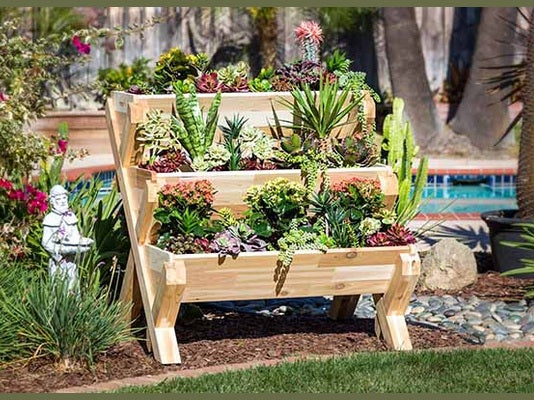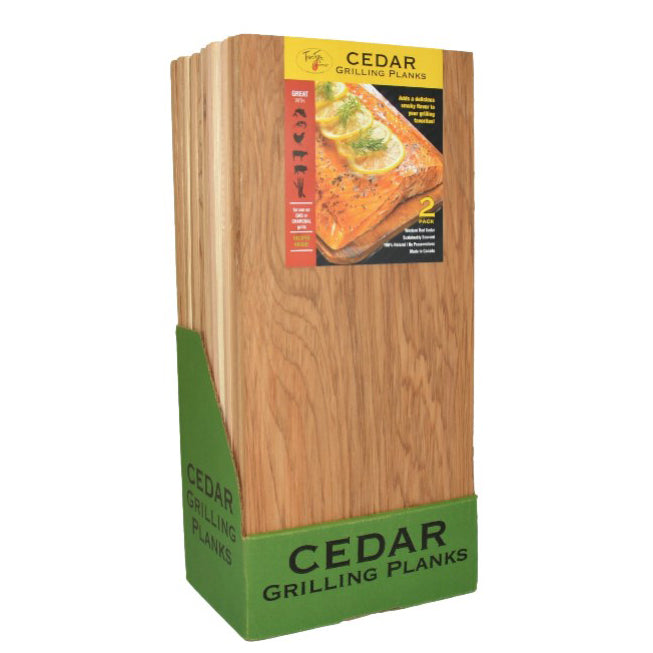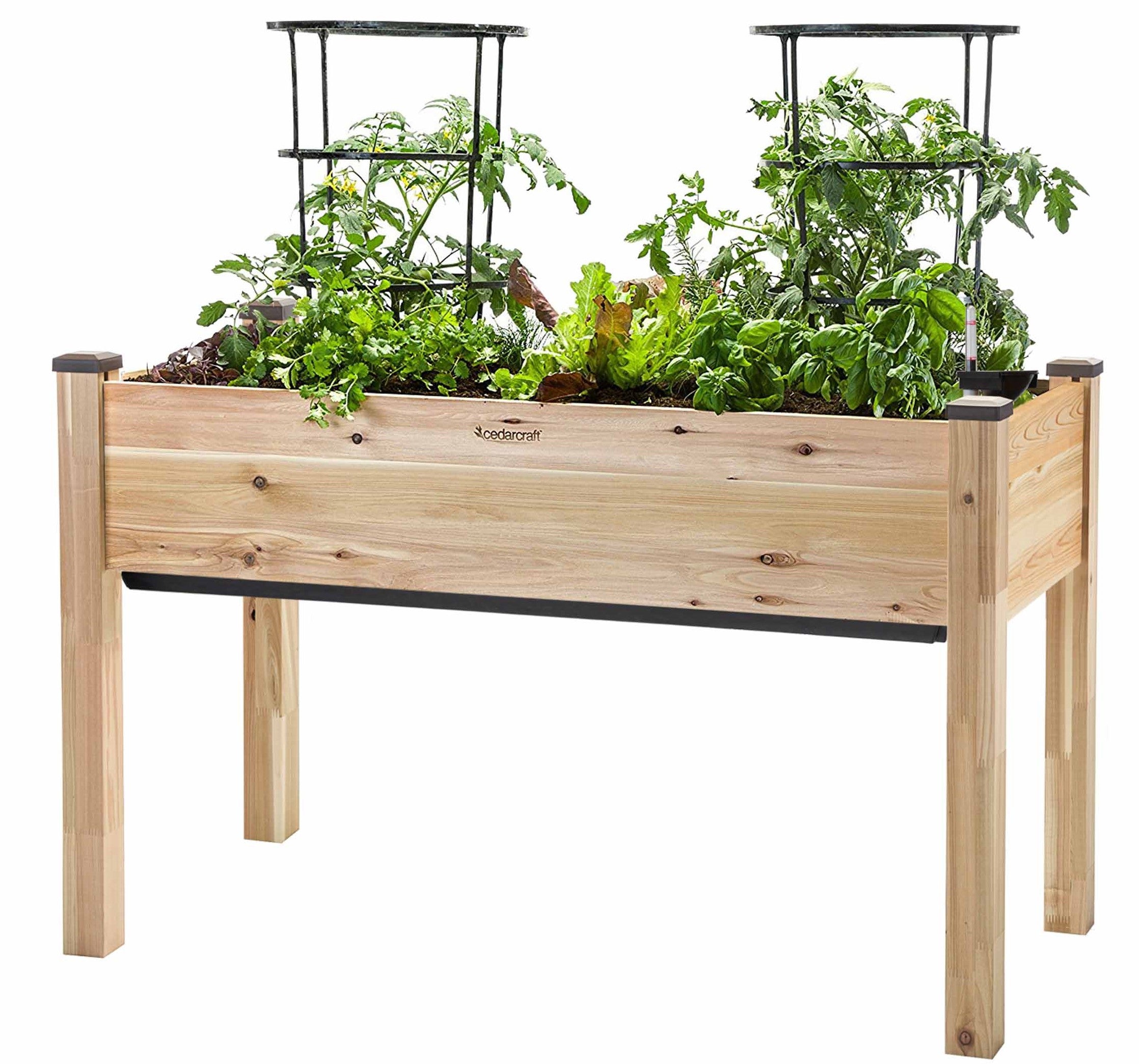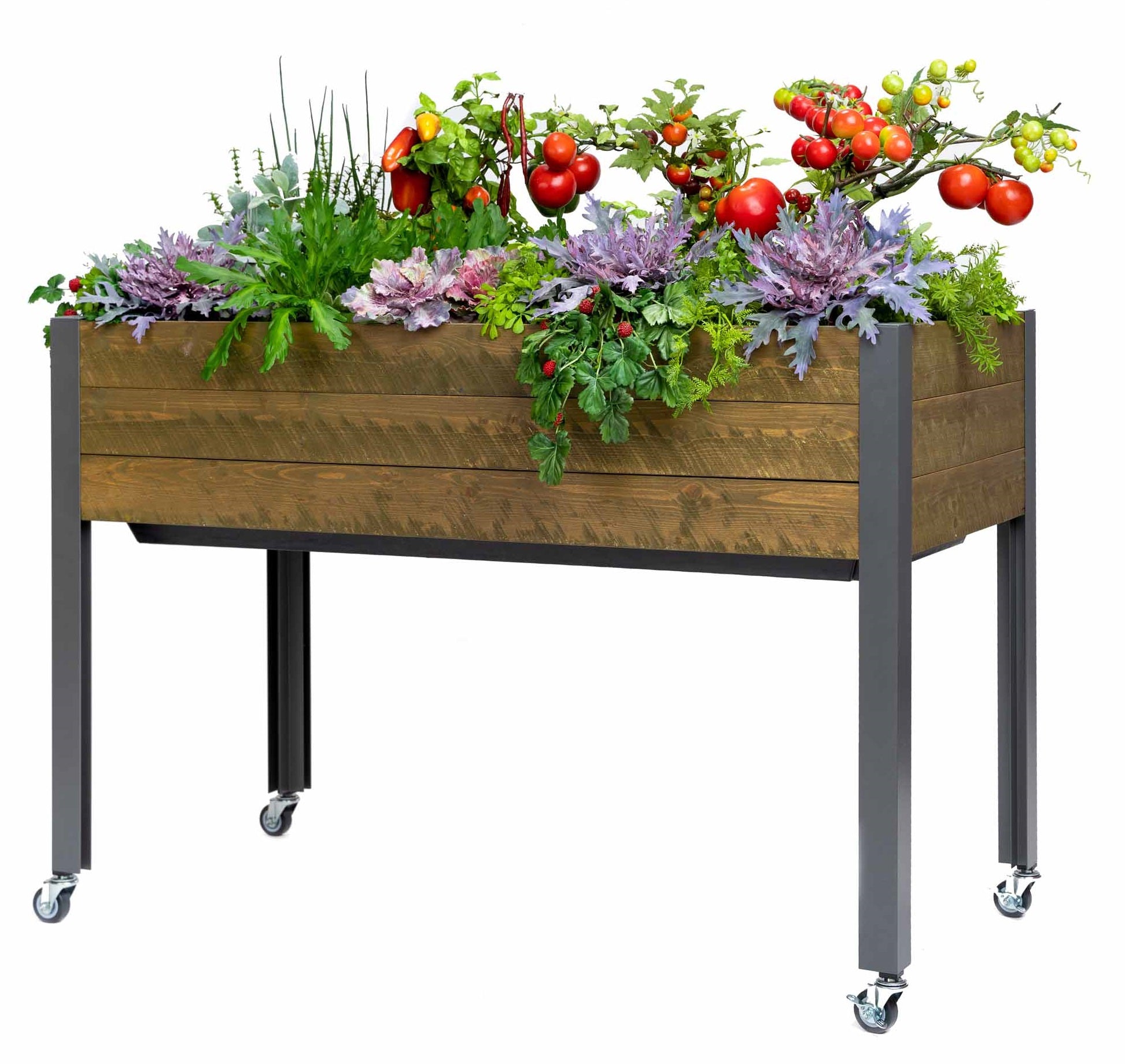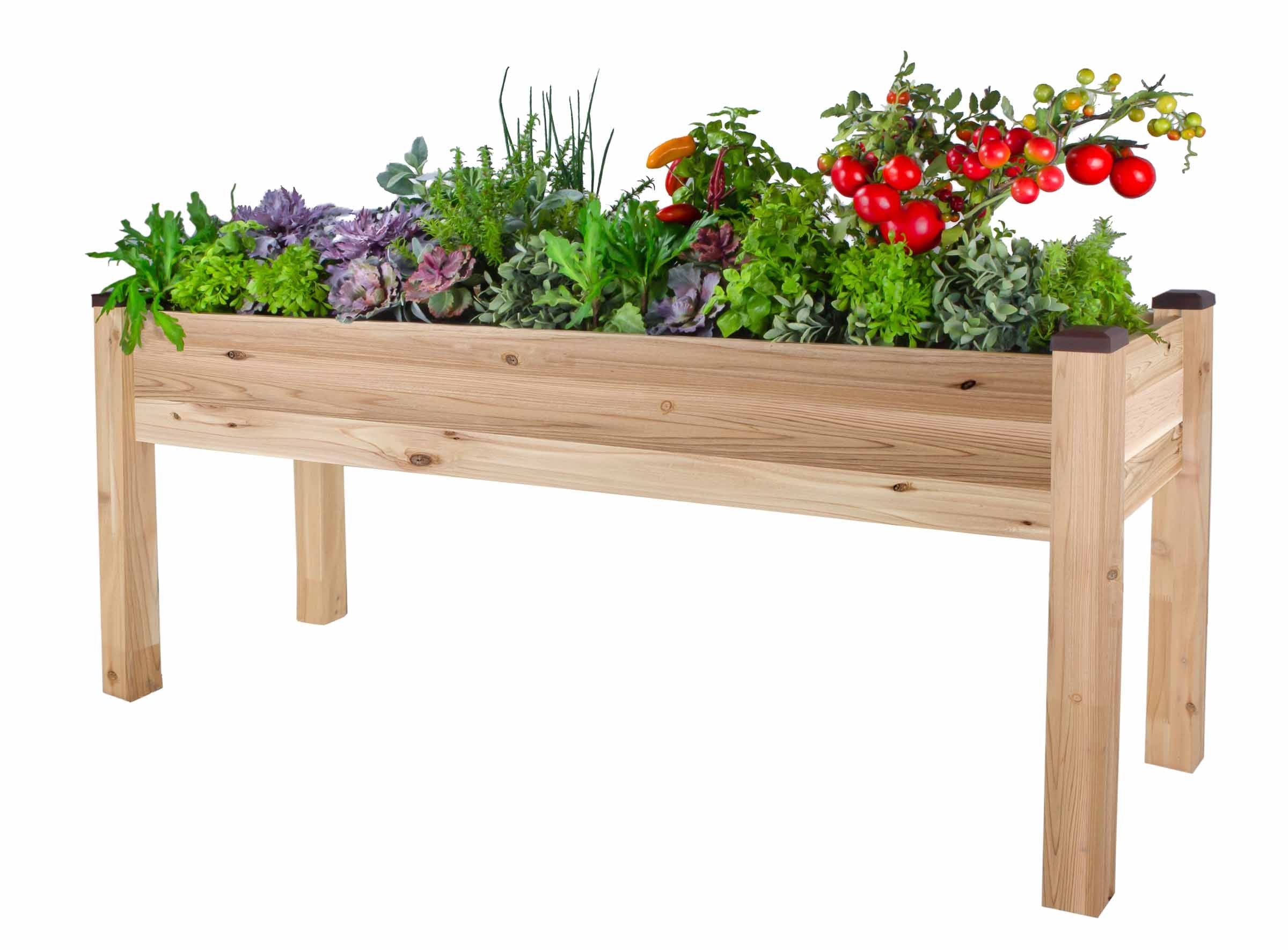Introduction to Container Gardening
The versatility of using containers to grow plants can't be beaten. Container gardening gives you the ability to garden all year-round regardless of your outdoor climate. Plants in containers are more accessible, grow fewer weeds, and require fewer gardening tools. They are perfect for situations where outdoor space simply isn't an option.
The best part about growing plants in containers, though, is their mobility. If they need more sun, they can easily be moved to a sunny spot. When it gets cold or windy outside, they can be moved inside for protection. If their placement doesn't suit your particular needs or design, you can rearrange them as you like.
An arrangement of planters on a deck or balcony adds beauty and value to any location. They make gardening and fresh vegetables available to everyone regardless of traditional garden space availability. Growing in planters is also a great option for the novice gardener since it can be done on such a small scale without a lot of effort.
Using planters to grow flowers and vegetables gets even easier when you use self-watering planters like these at CedarCraft. The vegetables will practically grow themselves with a system set-up up like this. Imagine no longer having to worry about weeding or watering your garden!
Best Plants & Vegetables for Containers
A lot of vegetables will grow quite happily in planters. There are some that do particularly well, like tomatoes, herbs, cucumbers, lettuce, kale, peppers, carrots, broccoli, green beans, radishes, and peas. Flowers like marigolds, sweet alyssum, dahlias, and geraniums not only will grow well on their own but will also add value to any vegetable garden.
Plants have different space requirements and these need to be considered when deciding what to plant. A self-watering planter can grow several varieties of vegetables at a time to maximize space and increase harvests.
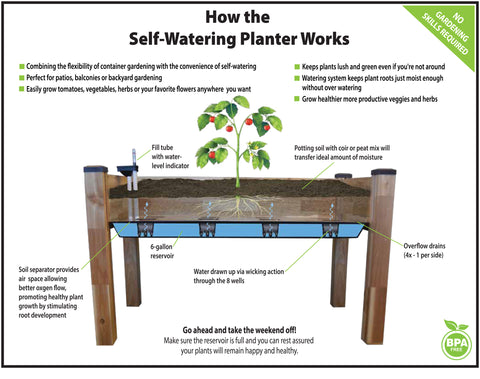
Tomatoes love being grown with herbs like basil, rosemary, parsley, and sage. Marigolds planted with tomatoes will ward off unwelcome insects.
Growing lettuce or spinach with pepper plants benefits everyone. The pepper plants provide needed shade to the lettuce and the lettuce prevents any weeds from taking hold beneath the pepper plants. Mixing in a few basil plants with the peppers repels pests and improves the flavor of the peppers.
Cucumbers grow well with carrots, radishes, beans, and peas. The addition of a nasturtium plant will assist in repelling cucumber beetles.
Choosing Soil & Fertilizer for Planter Gardens
To ensure your plants' success, it is important to start them off with a good potting soil mix. An organic potting soil mix designed for container gardens is the best choice since it will provide all the nutrients and minerals your plants will need. Do not ever use soil from outside because that can contain bugs, pests, and pathogens that you do not want to introduce to your seedlings! Organic potting soil mix doesn't usually have actual soil in it and is instead made up of soil-less alternatives like peat, coco coir, and vermiculite. It is designed to provide the aeration and moisture retention that your plants require.
Planter gardens do not need much fertilizer since it is liable to build up. Adding an organic fertilizer a month after planting and then again every few weeks is good.
A self-watering planter garden turns even the most novice, time-strapped gardener into a prosperous vegetable growing superstar. To learn how to create the garden of your dreams, ask questions or learn some gardening tricks and tips, follow us on Facebook.
Happy Gardening!


